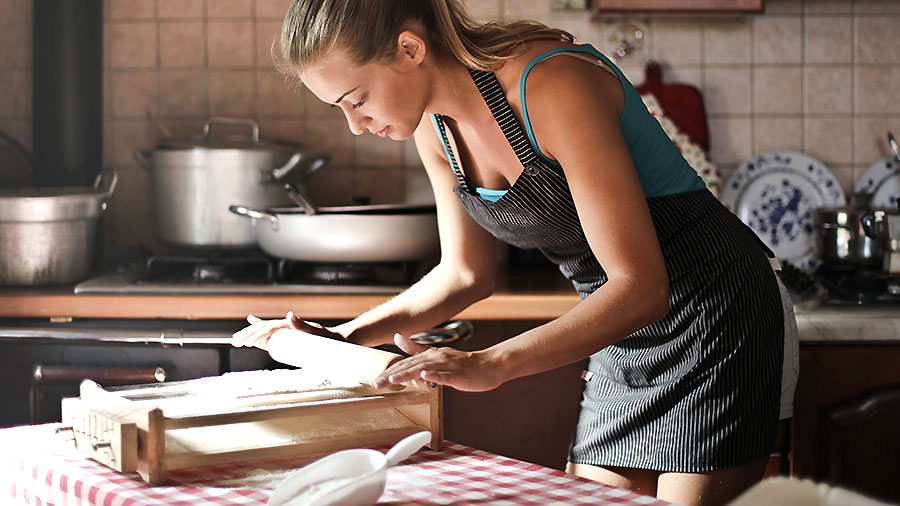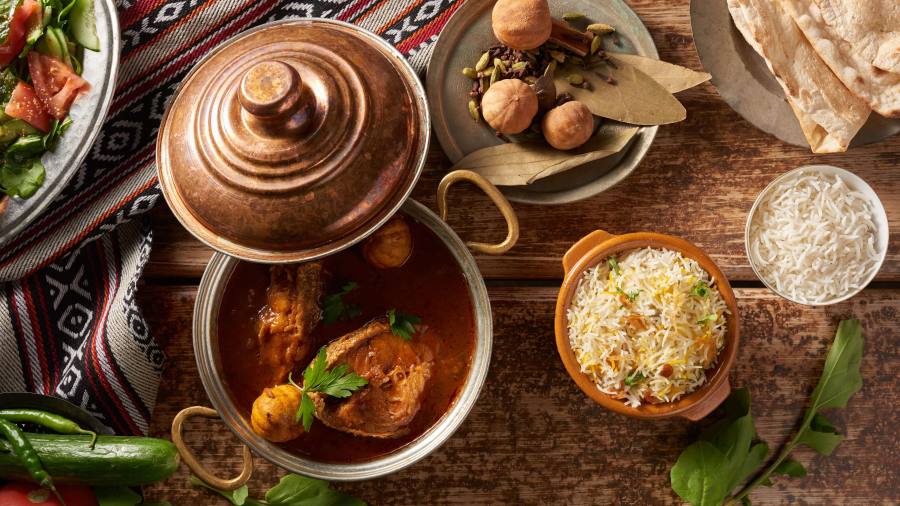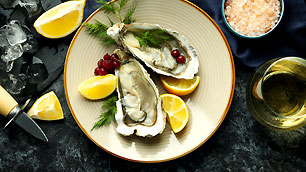Classic Chinese
Mapo Tofu
Prepare to embark on a culinary adventure with mapo tofu, a Sichuan dish that's taken the world by storm. This iconic recipe marries the smoothness of soft tofu with a bold, spicy sauce that'll make your taste buds dance. Let's explore the ins and outs of mapo tofu and discover how you can recreate this tantalizing dish in your kitchen.
Chef's Notes:
- Mapo tofu is a fiery Sichuan classic that combines tender tofu with a rich, spicy sauce.
- Doubanjiang and Sichuan peppercorns are essential for achieving authentic flavor.
- This adaptable dish can be tailored to suit various taste preferences and dietary needs.
The Origins of Mapo Tofu
The story of mapo tofu begins in Chengdu, Sichuan's vibrant capital. Its name, mápó dòufu, pays homage to the "pockmarked grandmother" who allegedly invented this spicy delight. From its humble beginnings, mapo tofu has conquered palates across the globe, with countless variations popping up in Chinese eateries worldwide.
Key Ingredients
To craft an authentic mapo tofu, you'll need to gather these essential components:
- Soft tofu
- Doubanjiang (spicy bean paste)
- Sichuan peppercorns
- Ground pork (optional)
- Garlic and ginger
- Soy sauce
- Chicken broth
Doubanjiang takes center stage, infusing the dish with its distinctive flavor and hue. The Sichuan peppercorns contribute that famous numbing sensation, known as málà, which sets this dish apart.
Choosing the Right Tofu
For the ultimate mapo tofu experience, reach for soft or silken tofu. Its velvety texture creates a beautiful contrast with the robust sauce. While firm tofu can be used in a pinch, it won't deliver the same luxurious mouthfeel that makes this dish so irresistible.
Preparing the Ingredients
Success in making mapo tofu hinges on proper preparation. Since the cooking process moves quickly, having everything ready to go is crucial.
- Dice the tofu into 1-inch cubes and set aside.
- Finely chop the garlic and ginger.
- Toast and grind the Sichuan peppercorns.
- Combine the sauce ingredients in a small bowl.
Cooking Mapo Tofu
Now, let's dive into the cooking process! Follow these steps to create your very own mapo tofu:
1. Heat oil in a wok or large skillet over medium-high heat.
2. Brown the ground pork (if using) until cooked through.
3. Add minced garlic and ginger, sautéing until aromatic.
4. Introduce the doubanjiang and stir-fry for about a minute.
5. Pour in the chicken broth and bring the mixture to a simmer.
6. Carefully add the tofu cubes, taking care not to break them.
7. Let it simmer for 5-7 minutes to allow the flavors to meld.
8. If desired, thicken the sauce with a cornstarch slurry.
9. Finish with a sprinkle of ground Sichuan peppercorns and sliced scallions.
Serving Suggestions
Mapo tofu shines brightest when served steaming hot over a bed of fluffy rice. The rice not only tempers the heat but also soaks up the luscious sauce. Round out your meal by adding a side of stir-fried greens like bok choy or Chinese broccoli.
Customizing Your Mapo Tofu
One of mapo tofu's greatest strengths is its adaptability. Here are some ideas to make it uniquely yours:
- Fine-tune the spiciness by adjusting the doubanjiang and Sichuan peppercorn quantities.
- Create a vegetarian version by skipping the pork and using vegetable broth instead.
- Experiment with different proteins such as ground chicken or beef.
- Incorporate vegetables like mushrooms or bell peppers for added nutrition and texture.
Tips for Perfect Mapo Tofu
Elevate your mapo tofu game with these handy tips:
- Avoid overcooking the tofu – it should be just warmed through.
- Stir gently to preserve the integrity of the delicate tofu cubes.
- Sample and adjust the seasoning before serving.
- Opt for a wooden spoon to protect the tofu while cooking.
The Health Benefits of Mapo Tofu
Beyond its irresistible taste, mapo tofu boasts impressive nutritional value. Tofu serves as an excellent source of plant-based protein, containing all nine essential amino acids. It's also rich in important minerals like iron, calcium, and magnesium.
Nutrition Facts
Here's an approximate breakdown of the nutritional content in a serving of mapo tofu:
-
- Calories: 250
- Protein: 15g
- Fat: 18g
- Carbs: 10g
- Fiber: 2g
- Sodium: 800mg
Storing and Reheating
While mapo tofu is best enjoyed fresh off the stove, leftovers can be stored in an airtight container in the fridge for up to 3 days. To reheat, gently warm the dish in a saucepan over low heat, adding a splash of water if needed to revive the sauce.
Conclusion
Mapo tofu stands as a shining example of Sichuan cuisine's bold and complex flavors. Its perfect harmony of spicy, savory, and numbing sensations explains why this dish has captured hearts worldwide. Whether you're a seasoned fan or a curious newcomer, preparing mapo tofu at home promises a thrilling culinary experience that will add a spicy kick to your meal rotation.
FAQs
Is mapo tofu very spicy?
Authentic mapo tofu packs quite a punch, but you can easily tame the heat by reducing the amount of doubanjiang and Sichuan peppercorns to suit your palate.
Can I make mapo tofu without meat?
Certainly! Skip the ground pork and use vegetable broth for a delectable vegetarian version. Some cooks enjoy substituting the meat with finely diced mushrooms for added texture.
Where can I find doubanjiang and Sichuan peppercorns?
These essential ingredients are typically available in Asian grocery stores or online specialty food retailers. For the most authentic flavor, seek out Pixian doubanjiang.
How long does it take to make mapo tofu?
From start to finish, you can whip up a batch of mapo tofu in about 30 minutes, making it an excellent choice for a speedy weeknight dinner.
Can I use firm tofu instead of soft tofu?
While soft or silken tofu is traditional, firm tofu can be used if that's your preference. Keep in mind that the texture will differ, and you may need to adjust the cooking time slightly.





























 Gastronomy Cities
Gastronomy Cities
 Amazing Food
Amazing Food
 Chef's Talk
Chef's Talk